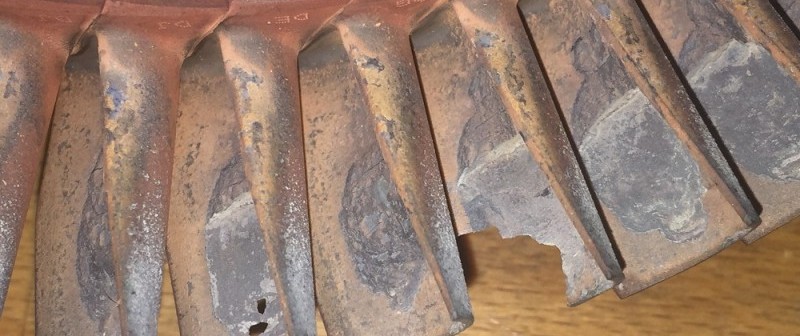
Source: https://www.euravia.aero/news/what-is-sulphidation
Understanding Alloy Chemistry for Enhanced Environmental Resistance
The operating temperature of turbines (e.g. gas turbines, jet engines) have increased to up to 1200°C over the past few decades. As these hotter Ni-based turbine parts are exposed to atmospheric particulates (e.g. SO2) at higher temperatures, they experience accelerated hot corrosion. Various alloying elements, including Cr, Pt, and Hf, have demonstrated initial success in improving corrosion properties of Ni-based alloys when exposed to molten sulfates. This research is focused on using thermodynamic and kinetic properties of alloying elements to understand the mechanism by which alloying elements improve alloy corrosion properties.
Principal Investigator | Hojong Kim
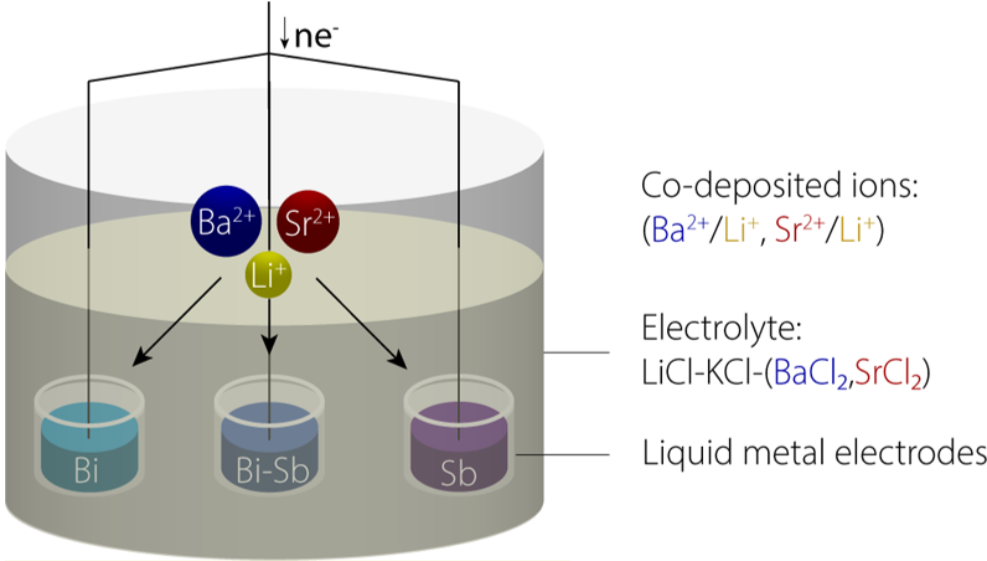
Separation of Fission Products from Molten Salts
There are over 80,000 metric tons of nuclear waste that accumulates in different locations across the United States, and a great amount of this waste can be recycled into new fuel for nuclear energy. Currently during the recycling process, some fission products such as barium and strontium build up in the process’s electrolyte, increasing costs and decreasing efficiency. This research is focused on using liquid metal electrodes to remove these fission products and understanding the underlying thermodynamic and electrochemical properties of their interactions.
Principal Investigator | Hojong Kim
Publications: Summary | Multication Recovery | Sr-Sb EMF | Sr-Pb EMF | Ba-Sb EMF | Ba-Pb EMF | Video S.O.P.
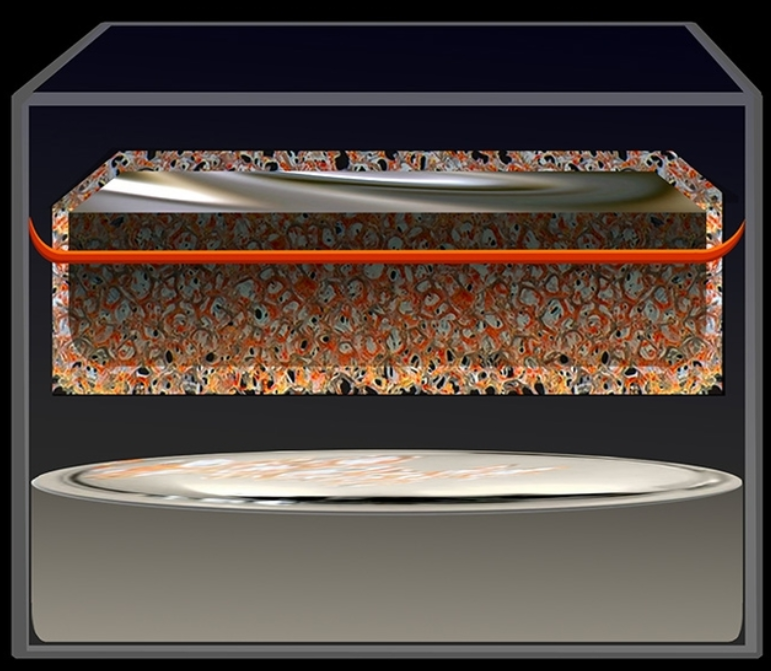
Source: https://news.mit.edu/2018/metal-mesh-membrane-rechargeable-batteries-renewable-energy-0122
Liquid Metal Batteries
Grid-scale energy storage is imperative to promoting widespread penetration of renewable energy sources into the electrical grid. One long-term energy storage technology is the liquid metal battery, an electrochemical cell with no mechanical moving parts and low capacity fade rate, leading to operating lifetimes of 20-30 years. Constructing containment of the active battery components requires novel engineering solutions, including a high temperature, corrosion resistant seal to store the active components under an inert atmosphere. This work focused on developing one part of the seal, a ceramic insulator, that is resistant to high temperature degradation, resistant to oxidation, and resistant to corrosion from moisture and cell contents.
Principal Investigator | David Bradwell | AMBRI
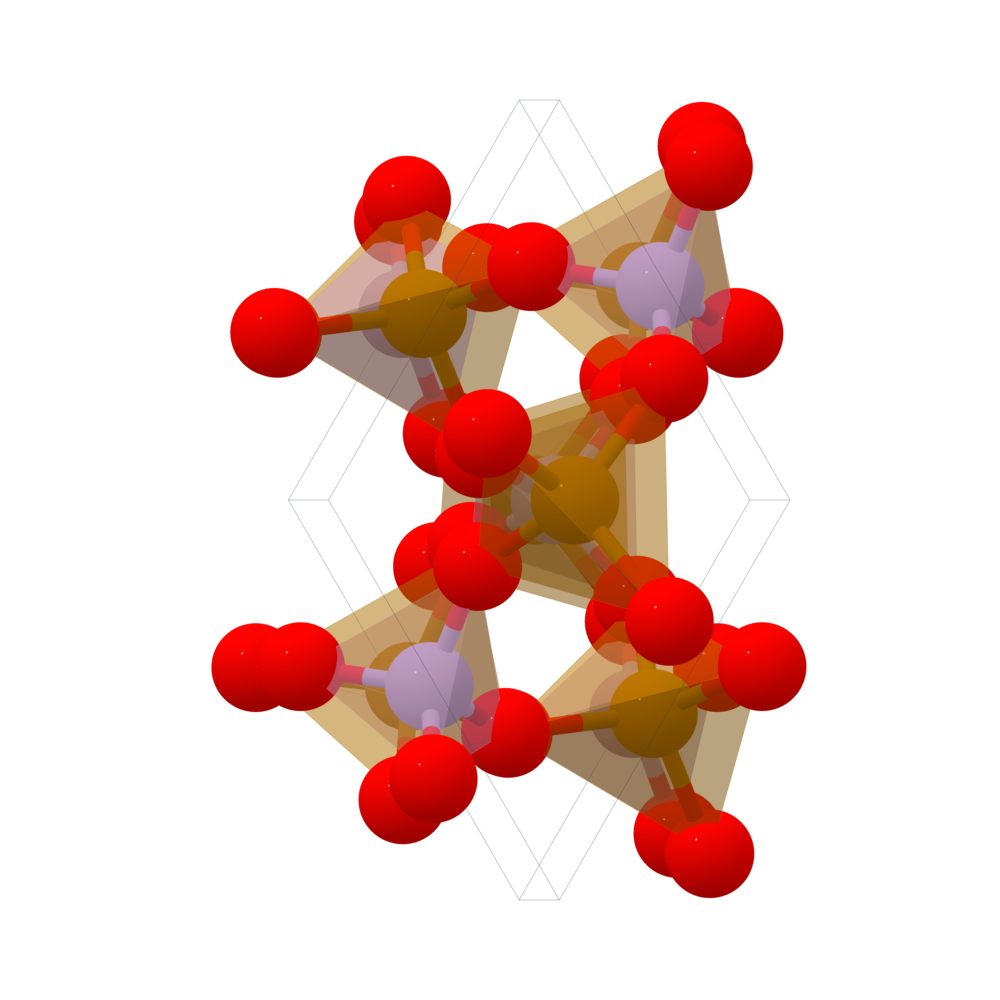
Source: https://next-gen.materialsproject.org/materials/mp-19109
Computational Modeling of Li Cathode Materials
Lithium ion batteries are ubiquitous in powering our world, ranging from mobile phones to grid-scale energy storage. With exponential growth in energy storage applications, there is a demand for novel battery chemistries to increase energy density and cycle life. Computational modeling of these materials greatly reduces the time and resources necessary to further battery development. This work focused on modeling the defect chemistry of Li cathode materials using atomistic siumulations to gain insight into new cathode materials for batteries.
Principal Investigator | Sanghun Lee, Gachon University (가천대학교)
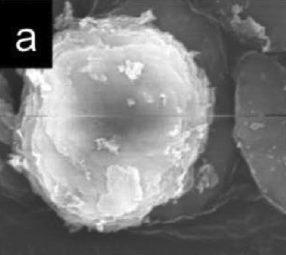
Novel MCM Adsorbent As High Efficiency Carbon Dioxide Capture Platform
Carbon dioxide capture and sequestration is a viable method of mitigating carbon emissions from industrial point sources as low-carbon energy sources are implemented. CO2 does not effectively adsorb onto current carbon dioxide capture materials for the price at which it would cost to implement them at scale. Mesoporous materials with increased surface area and large diffusion channels can lead to increased carbon dioxide capture per unit material, thereby driving down cost. This work focused on pillaring MCM-36 with titanium oxide to increase the amount of carbon dioxide adsorbed onto the surface of the material.
Principal Investigator | Sunho Choi (Northeastern University)|
Publications: Ti Pillared MCM-36
